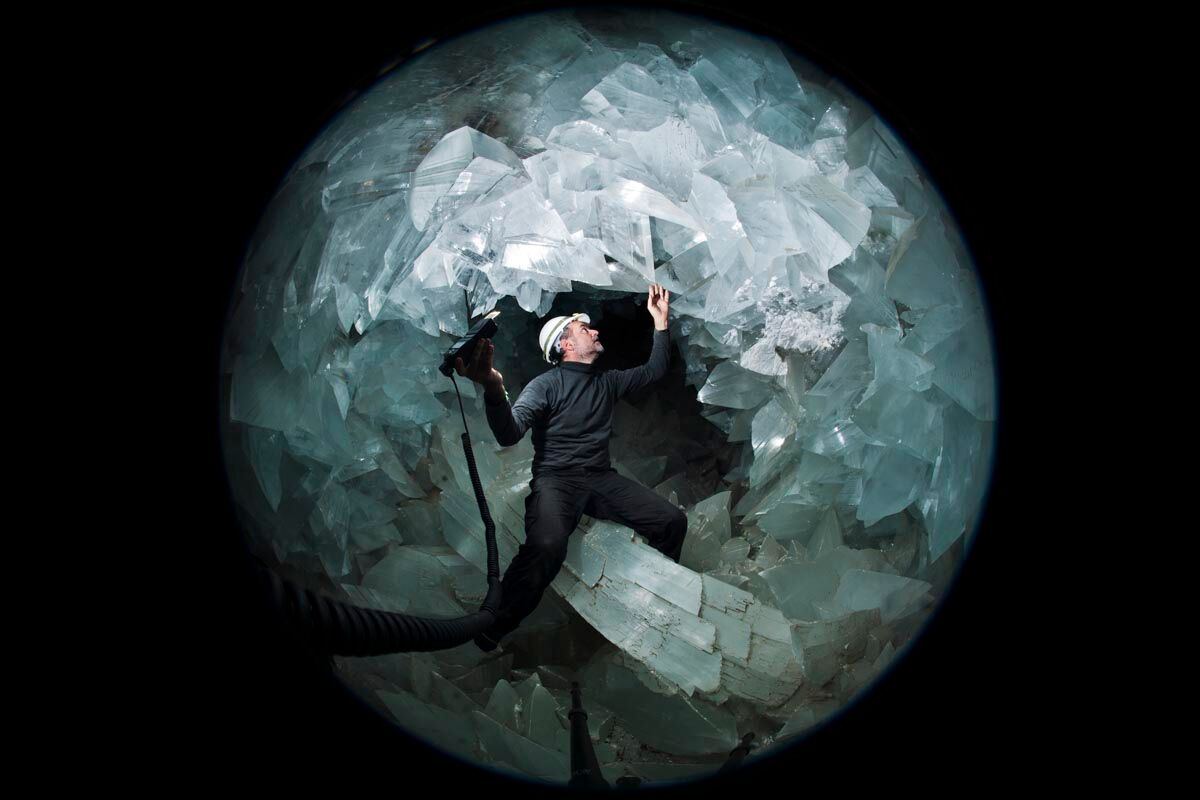When you purchase through links on our web site , we may earn an affiliate charge . Here ’s how it works .
A radioactive plumage of urine in the Pacific Ocean from Japan ’s Fukushima nuclear plant , which was game in the 2011 earthquake and tsunami , will likely touch U.S. coastal waters starting in 2014 , fit in to a Modern study . The long journeying of the radioactive particles could aid researchers well see how the ocean ’s currents pass around around the world .
Ocean simulations showed that theplume of radioactive cesium-137released by theFukushima disasterin 2011 could begin flow into U.S. coastal waters commence in early 2014 and peak in 2016 . Luckily , two sea currents off the easterly seacoast of Japan — the Kuroshio Current and the Kuroshio Extension — would have load the radioactive stuff so that its concentration fellwell below the World Health Organization ’s safety levelswithin four month of the Fukushima incident . But it could have been a different tale if atomic disaster struck on the other side of Japan .

The Fukushima Daiichi Nuclear Power Plant in Japan.
“ The environmental impingement could have been worse if the contaminated water would have been released in another pelagic surround in which the circulation was less energetic and turbulent , ” aver Vincent Rossi , an oceanographer and postdoctoral enquiry cuss at the Institute for Cross - Disciplinary Physics and Complex Systems in Spain .
Fukushima ’s radioactive piss going has carry its time journeying across the Pacific . By comparison , atmospheric radiation syndrome from the Fukushima plant set out reaching the U.S. West Coast within just days of the disaster back in 2011 . [ Fukushima Radiation Leak : 5 Things You Should Know ]
Tracking radiation ’s way

The radioactive plume has three different root : radioactive particles falling out from the standard atmosphere into the ocean , contaminated water at once released from the plant , and water that became contaminate by leaching radioactive particle from corrupt soil .
The going ofcesium-137from Fukushima in Japan ’s more turbulent eastern currents mean the radioactive cloth is dilute to the point of posture small threat to humans by the time it leaves Japan ’s coastal water . Rossi worked with former workfellow at the Climate Change Research Centre at the University of New South Wales in Australia to imitate the spread of Fukushima ’s radioactivity in the oceans — a written report detailed in the October issue of the diary Deep - Sea Research Part 1 .
researcher averaged 27 observational runs of their model — each campaign starting in a different year — to ensure that the fake counterpane of the cesium-137 as a " tracer " was not unusually affect by initial ocean condition . Many oceanographers studying the ocean ’s electric current prefer using cesium-137 to track the ocean currents because it act as as a inactive tracer bullet in saltwater , meaning it does n’t interact much with other thing , and decays easy with a tenacious half - sprightliness of 30 year .

“ One advantage of this tracer bullet is its long half - life story and our power to appraise it quite accurately , so that it can be used in the future to test our models of ocean circulation and see how well they represent reality over time , ” Rossi tell LiveScience . “ In 20 years ' time , we could go out , snaffle measurements everywhere in the Pacific and equate them to our model . ”
Journey across the Pacific Rim
The team sharpen on predicting the path of the radiation until it reached the continental shelf waters stretching from the U.S. coastline to about 180 miles ( 300 kilometers ) offshore . About 10 to 30 becquerels ( units of radioactivity correspond decline per irregular ) per cubic meter of cesium-137 could reach U.S. and Canadian coastal waters northerly of Oregon between 2014 and 2020 . ( Such levels are far below the U.S. Environmental Protection Agency ’s limits for drinking water . )

By comparison , California ’s coast may have just 10 to 20 becquerels per cubic meter from 2016 to 2025 . That slower , less impact comes from Pacific currents taking part of the radioactive plume down below the sea surface on a slower journey toward the Californian coast , Rossi explained .
A large proportion of the radioactive plumage from the initial Fukushima release wo n’t even reach U.S. coastal waters anytime soon . Instead , the majority of the cesium-137 will remain in the North Pacific gyre — a part of sea that pass around slowly clockwise and has trapped debris in its center to form the “ Great Pacific Garbage Patch ” — and go on to be diluted for approximately a decade following the initial Fukushima going in 2011 . ( The water supply from the current power industrial plant leak would be expect to take a similar long - full term path to the initial plume discharge , Rossi said . )
But the feather will eventually get down to escape the North Pacific gyre in an even more dilute form . About 25 per centum of the radioactivity ab initio released will move to the Indian Ocean and South Pacific over two to three decades after the Fukushima tragedy , the model showed .















